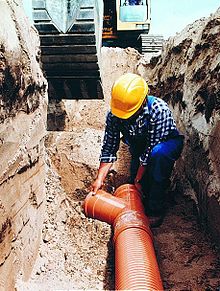Term: Plasticizer
Plasticizer Market Overview:
– Global plasticizer market volume in 2017 was 7.5 million metric tonnes.
– North America accounted for ~1.01 million metric tonnes in 2017.
– Europe’s volume in 2017 was 1.35 million metric tonnes.
– Phthalate esters are commonly used in PVC.
– Other polymers with high plasticizer content include acrylates and cellulose-type plastics.
Mechanism and Effects of Plasticizers:
– Plasticizers increase free volume between polymer chains.
– They lower the glass transition temperature of polymers.
– Plasticizer concentration affects the elastic modulus.
– Migration of plasticizers can lead to embrittlement and cracking.
– Plasticizer effects on polymer chain mobility are complex.
Plasticizer Selection and Types:
– Over 30,000 substances evaluated as polymer plasticizers, but only ~50 are in commercial use.
– Ester plasticizers are chosen based on cost-performance evaluation.
– Various ester chemistries are available for different elastomer applications.
– Plasticizers based on esters of polycarboxylic acids are common in PVC.
– There is a move towards non-classified substances in Europe due to regulatory concerns.
Safety and Toxicity Concerns:
– Some ortho-phthalates are classified as potential endocrine disruptors.
– Plasticizers can escape plastics through migration and abrasion.
– Studies show low volatility and vapor pressure of phthalates.
– New car smell is often attributed to plasticizers.
– Concerns exist over the safety of some polymer plasticizers.
Applications of Plasticizers:
– Plasticizers and superplasticizers improve workability and strength of concrete.
– They are used in stucco mixtures to enhance workability.
– Plasticizers for energetic materials improve physical properties and specific energy yield of propellants.
– Specific plasticizers like nitroglycerine and others are preferred for solid rocket propellants.
– Plasticizers are also used in the conservation and restoration of plastic objects.
A plasticizer (UK: plasticiser) is a substance that is added to a material to make it softer and more flexible, to increase its plasticity, to decrease its viscosity, and/or to decrease friction during its handling in manufacture.

Plasticizers are commonly added to polymers and plastics and PVC, either to facilitate the handling of the raw material during fabrication, or to meet the demands of the end product's application. Plasticizers are especially key to the usability of polyvinyl chloride (PVC), the third most widely used plastic. In the absence of plasticizers, PVC is hard and brittle, with plasticizers it is suitable for products such as vinyl siding, roofing, vinyl flooring, rain gutters, plumbing, and electric wire insulation/coating.
Plasticizers are also often added to concrete formulations to make them more workable and fluid for pouring, thus allowing the water contents to be reduced. Similarly, they are often added to clays, stucco, solid rocket fuel, and other pastes prior to molding and forming. For these applications, plasticizers largely overlap with dispersants.
